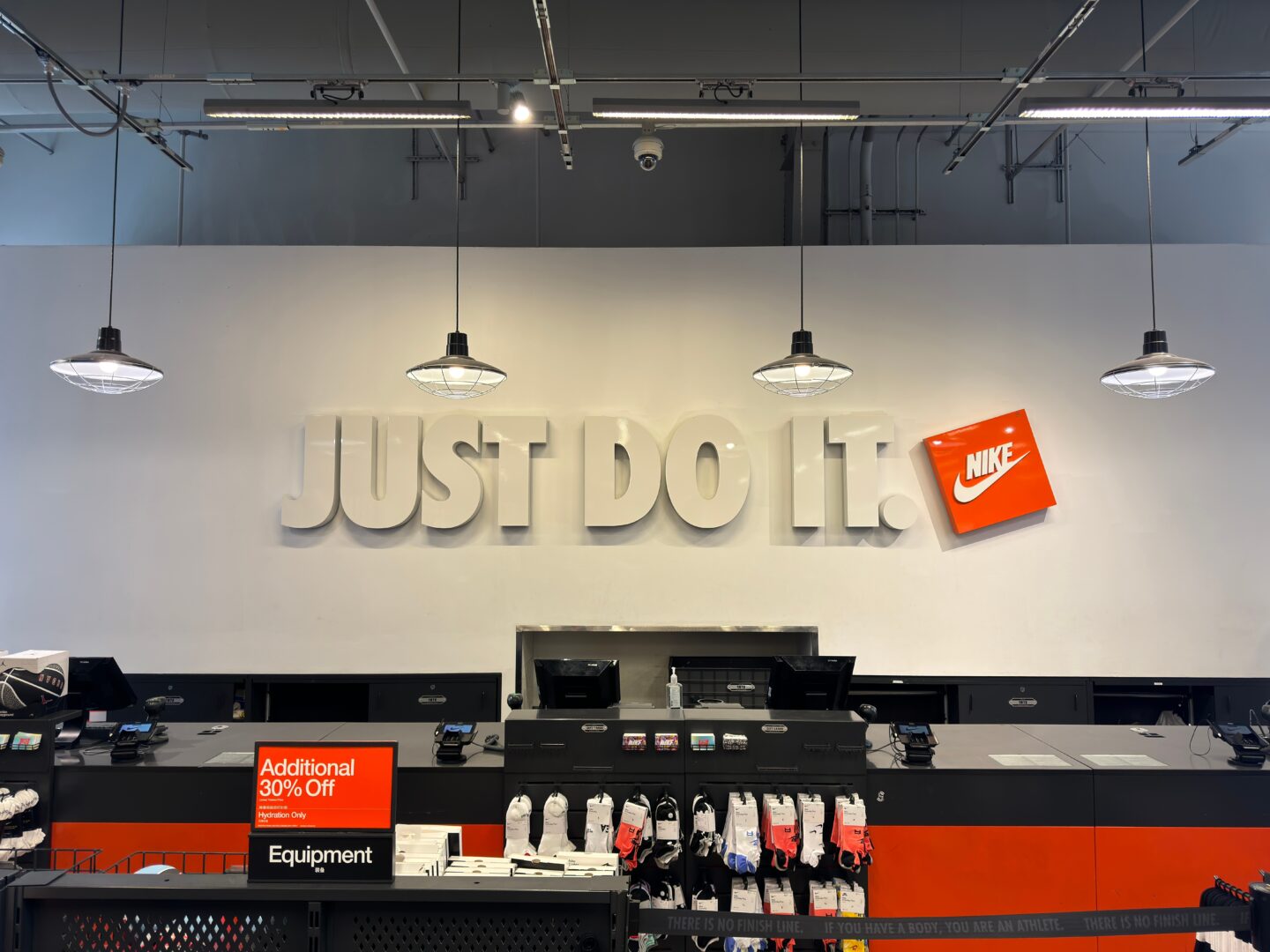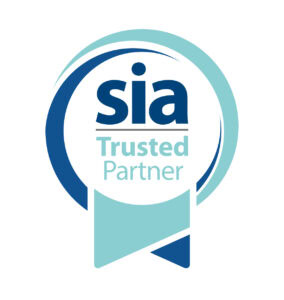
As Primark and Nike join the movement – how accessible is adaptive fashion?
I’ll say it quietly, but it looks big fashion brands may finally be starting to cater for disabled people with increasing clothing ranges with adaptive styles. There are still some setbacks and frustrations, but the UK has come on a lot in the last few years.
We highlighted the struggles disabled people face when trying to find clothing that meets their needs and looks stylish two years ago.
Since then a few more big retailers have woken up to the fact there is demand for fashionable clothing for the one in five disabled Britons.
So where are we now, and what still needs to change?
Where we were
With choices limited, disabled individuals are blocked from being expressive and excited by their fashion choices.
And back when we first reported this two years ago it was largely left to smaller brands to provide more variety, but they experienced large barriers of entry to the market.
Some notable bigger brands such as Tommy Hilfiger had started to take an interest in producing adaptive fashion ranges, but it was still either expensive or limited.
Some promising developments
It is now evident the bigger mainstream brands are continuing to take an interest in providing adaptive fashion alternatives.
Tommy Hilfiger still holds up its spot in the adaptive higher-end market, providing women and men with modern and fashionable clothing options. It’s encouraging they have now had this range since 2019 demonstrating the demand in the market for diversified and designer options for those with accessible fashion needs.
Additionally, Nike now has an adaptive line of trainers and other shoes. Namely the EasyOn and FlyEase trainers as well as sliders and other shoes. These are available for women, men and children and are an excellent option of more fashion-forward accessible shoes, with a variety of colourways and several styles including their popular Airforce.
Primark heads up the high street campaign for mainstream adaptive fashion, providing accessible clothing, underwear and lingerie options.
Although it’s great Primark is getting accessible fashion on the high street, there have been criticisms as the adaptive range was only available at a limited amount of Primark stores in the UK. And some of these stores were not particularly accessible for people with disabilities, critics said.
The range however is now available to order online and click and collect at the 158 out of the 186 stores, with plans to reach all outlets by summer. Despite this being a positive expansion, there is still a barrier to individuals accessing the same in-store shopping experience as non-disabled people.
Lastly, adaptive and functional products are hopefully on the rise, with medium-sized specialist companies taking an interest in adaptive products. Namely, period underwear specialist ModiBodi now has an accessible period underwear product.
However, it only has the adaptive underwear in one colour and style, reinforcing the limited options and choices available across the adaptive fashion market.
Price and variety
It is evident we need more competition within this market to drive down prices and more cost-conscious companies to produce their own ranges.
Tommy Hilfiger’s range is relatively small and its pricing acts as a barrier to many of those who would benefit. Meanwhile Primark, although providing adaptive fashion at a more accessible price, has a very limited range with fewer than 50 items. This is strikingly small considering the hundreds if not thousands of options of non-accessible fashion in every Primark store across the country. Additionally, across the adaptive fashion ranges it is evident many items would still cause individuals with reduced upper limb mobility to struggle with them, limiting the options for some individuals even further.
On a positive note, Nike’s adaptable shoe range prices are the same if not very similar to their non-accessible counterparts. This does not mean they are cheap by any means, rather that Nike’s trainers are just a consistently high price across the board.
It is evident we need more competition within this market to drive down prices and more cost-conscious companies to start producing their own ranges.
Big brands vs little brands
It’s clear lots of startups are trying to make a space for themselves in the market with resilience, innovative thinking and utilising social media for marketing purposes. However, it seems to only be the bigger mainstream brands that have opened small ranges of adaptive clothing, that are getting all the praise and media attention in comparison to their smaller competitors that solely produce adaptive fashion.
Just make one internet search for adaptive fashion and immediately you’ll see it’s the aforementioned big brands that have countless articles of praise, despite their ranges actually being quite limited.
Conclusion
There is still a long way for the market to go, but the increase in media coverage for these ranges and positive reception should hopefully act as encouragement for other brands to bring out their own ranges. This would result in a bigger variety of fashionable and cost-effective adaptable fashion choices, and at BBK we look forward to seeing this.





